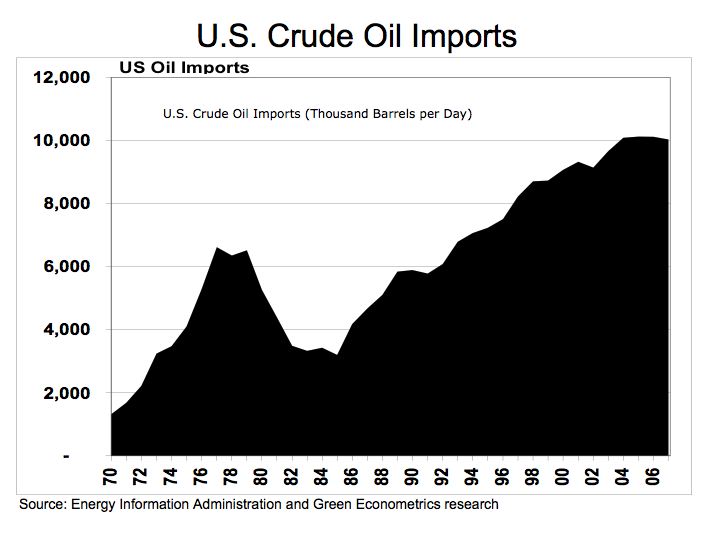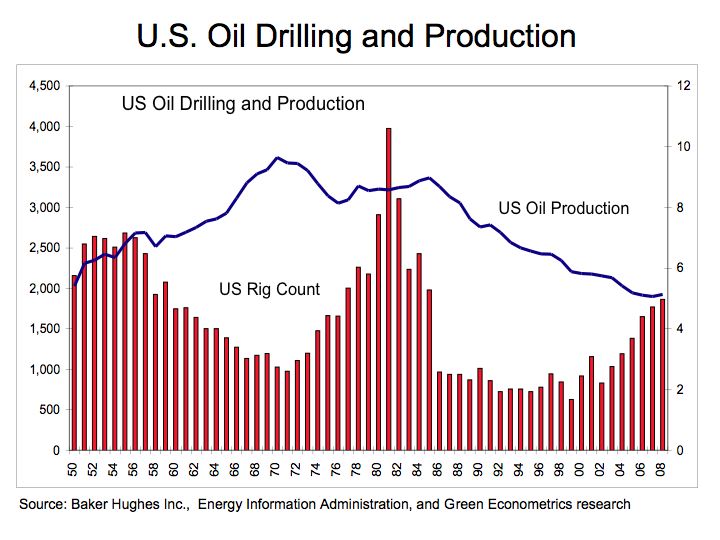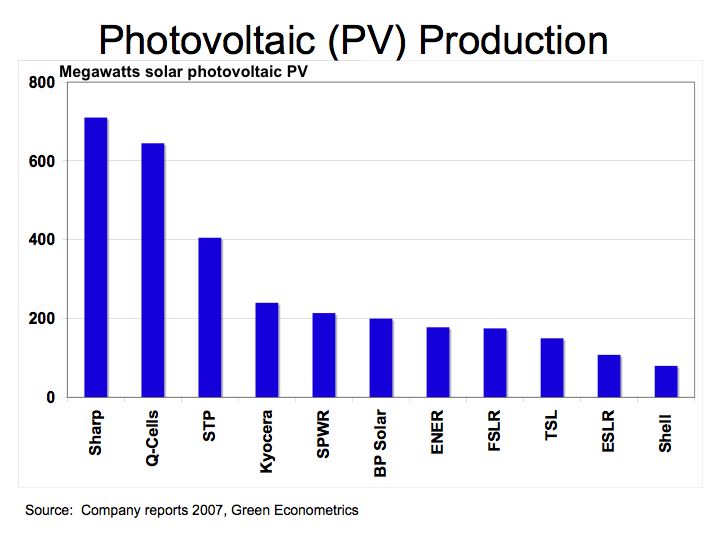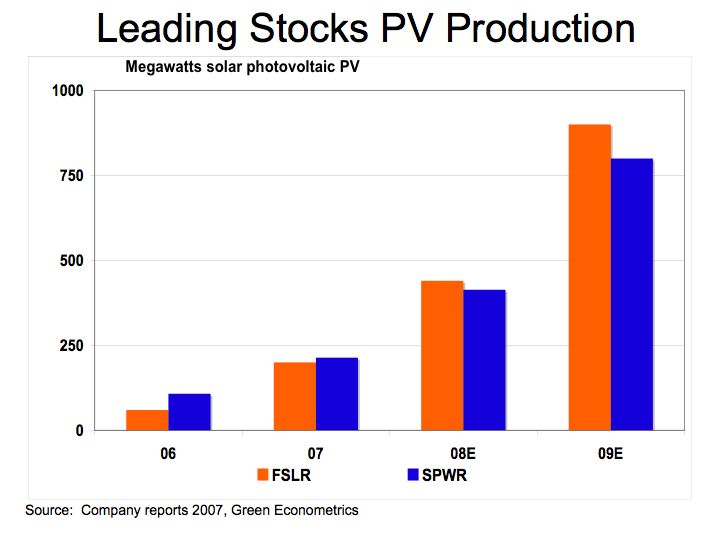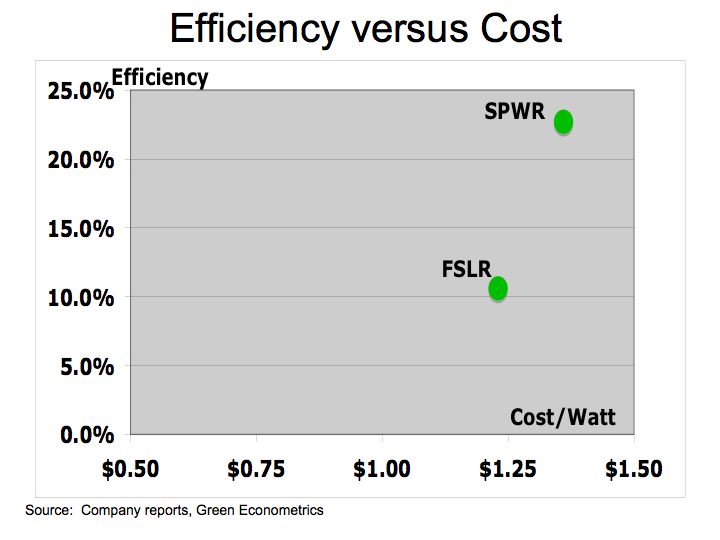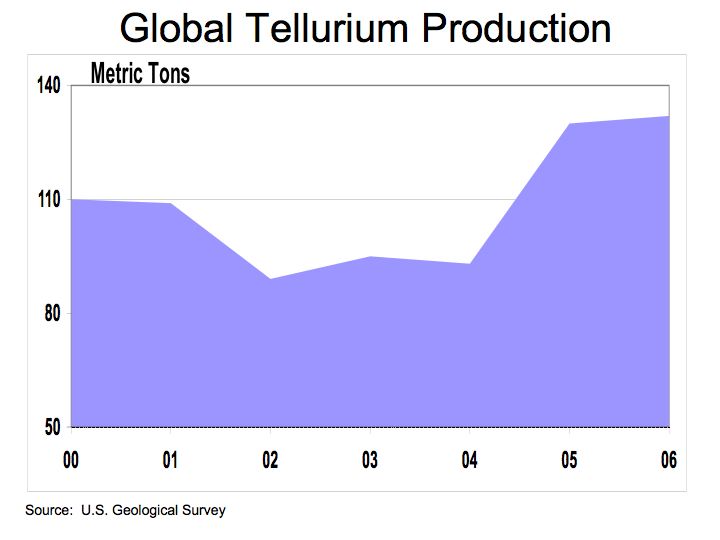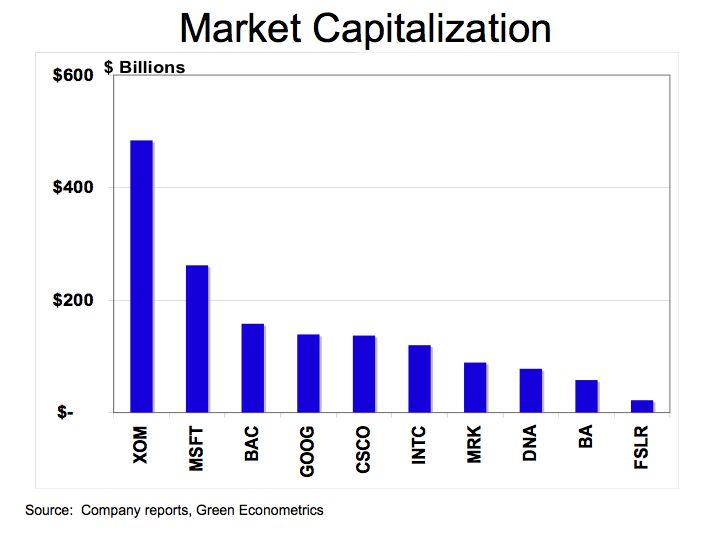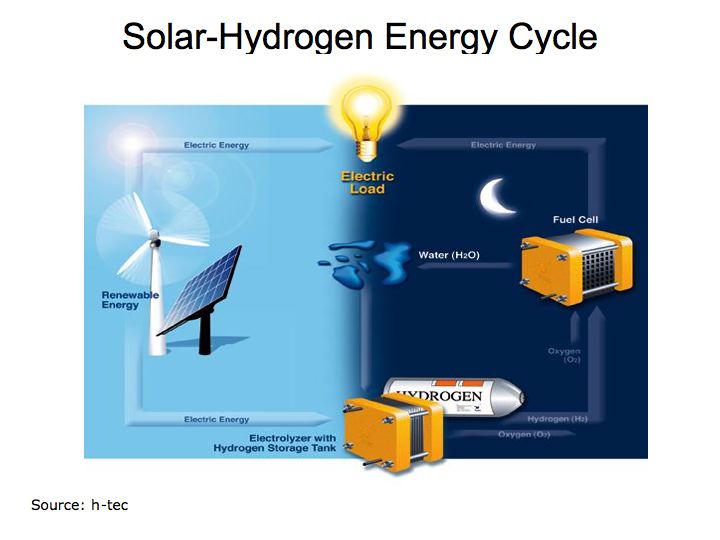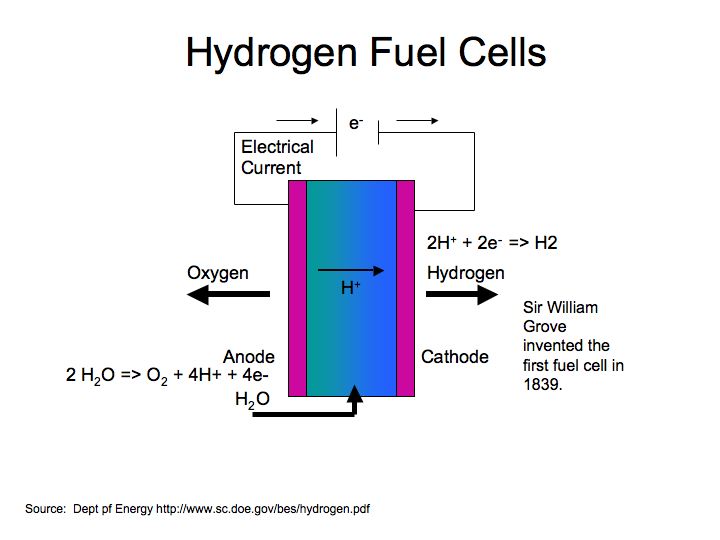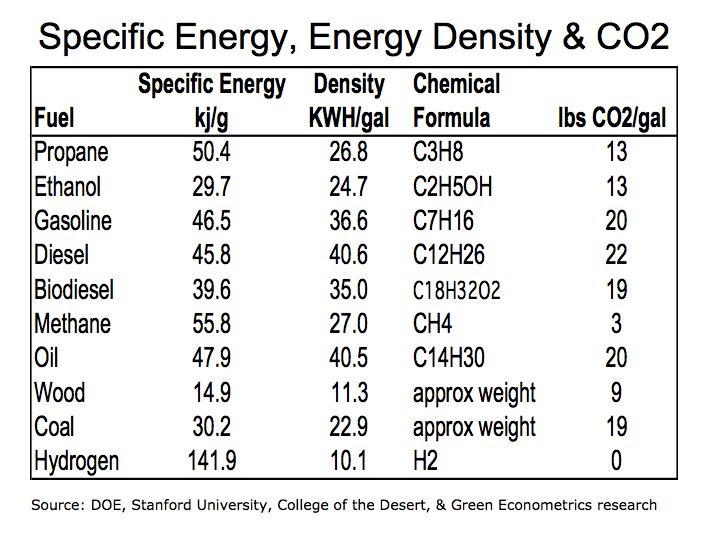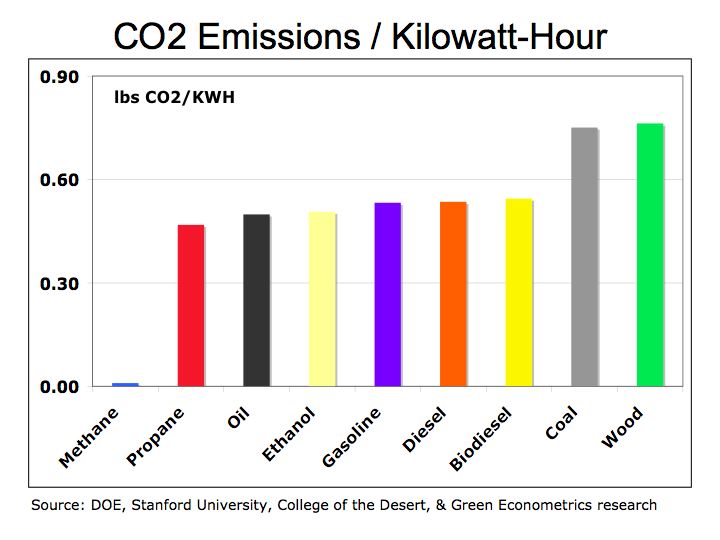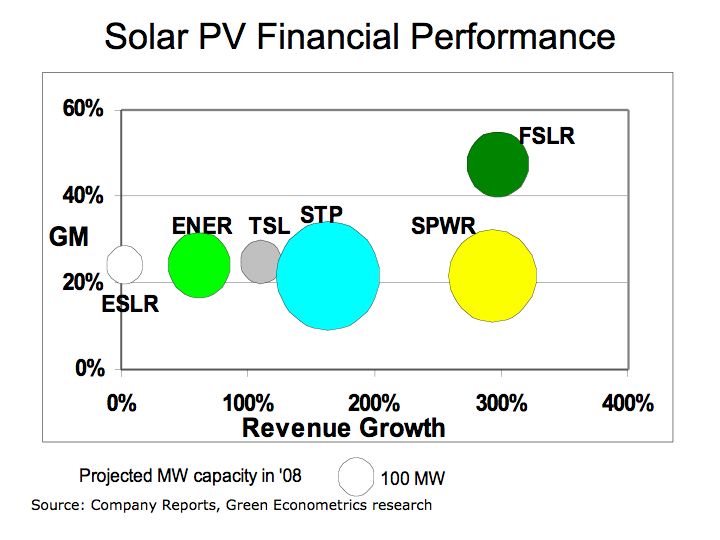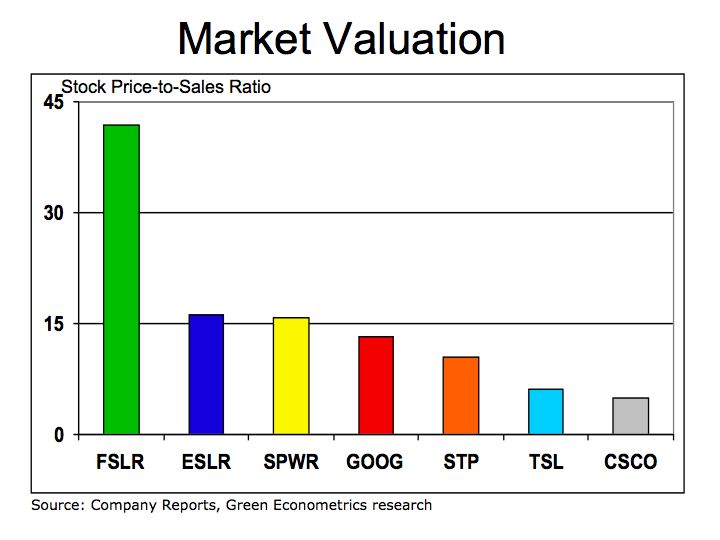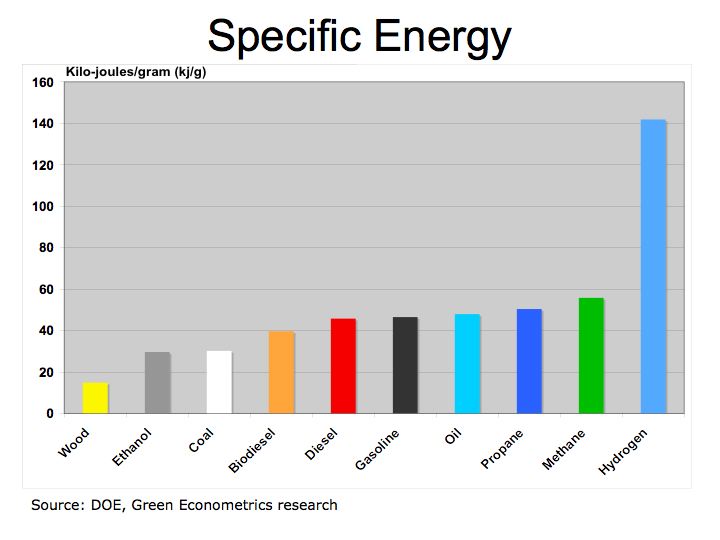Infrastructure Investment: Electric Vehicles and Smart Grid
After several months in Silicon Valley three factors resonate clearly in the process of innovation: access to data, applied analytics, and time to insight. Innovative ideas and technology can just as easily be spawned in New Jersey or Milan as in Silicon Valley. Our focus is why investment into infrastructure that facilitates access to energy or commerce, is the critical factor in game changing events.
Investment onto infrastructure to support access to energy enabled New York City to gain prominence over Philadelphia and Boston as the largest economic center in the US. Access to energy can be traced back to 1829 when the first American steam locomotive in Honesdale, PA initiating the American Railroad to transport Anthracite coal mined in nearby Carbondale to a canal network ultimately linking to the Hudson River and New York City. See post Coal: Fueling the American Industrial Revolution to Today’s Electric
As a corollary, in demonstrating the importance of investing into infrastructure to support economic growth, this is the tale of two Southern cities. In the 1950’s, Memphis, TN and Atlanta, GA were roughly the same size. While Memphis enjoyed economic growth from its port on the Mississippi River, Atlanta was land locked. Atlanta strategically invested by focusing on the future of jet aircraft building the infrastructure for the largest airport in the US in 1961. Within 10 years Atlanta had double the population and economic growth of Memphis. Today Atlanta has an economy five times that of Memphis because of innovative thinking and investment into infrastructure of the future.
Figure 1 Infrastructure: Tale of Two Cities 
Source: Social Science Data Analysis Network
Electric vehicles (EV) and energy storage are perhaps the most important energy strategy second to renewable energy such as solar photovoltaic. The reason EV is so important to a national energy strategy is the fact that oil used for transportation accounts for more than twice the energy required to supply the entire electric needs of the US market. See the Green Econometrics post Energy Perspective The issue is formulating an effective energy strategy that embraces renewable energy and smart grid technologies.
Figure 2 US Electric Vehicles
Source: Ward Automotive, Pike Research, Green Econometrics
Just how critical is infrastructure to supporting electric vehicles?
According to information from Tesla Motors’ registration filings with the SEC in June 2010, the charge time on the Tesla Roadster using a 240 volt, 40 amp outlet to full capacity takes approximately 7 hours. Assuming most drivers are in their vehicles for work five days a week and one day on the weekend, the electric energy consumption to charge the electric vehicle amounts to approximately 67 KWH a day and for a six-day per week charging, 20,966 KWH per EV per year.
According to the DOE Energy Information Administration, the average residential home consumes about 11,000 KWH a year. So the electric vehicle is roughly double is energy use of a typical home. Given capacity constraints in electric generation, tripling the electric energy use per house would more exacerbate our already tenuous energy situation,
Figure 3 Smart Grid is Critical for US Electric Vehicles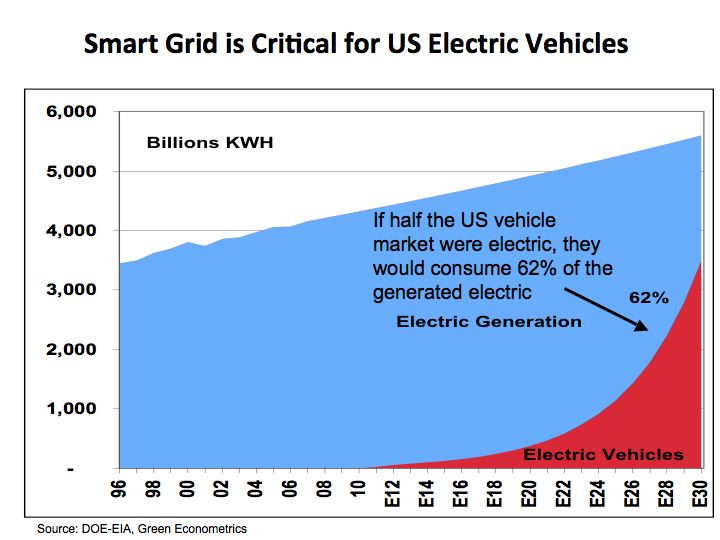
Source: EIA, Green Econometrics
To sustain economic growth and avoid dependence on foreign oil, electric vehicles provide a migration path towards energy independence. To support the adoption of electric vehicles, a tremendous investment in our electric infrastructure is required. A dramatic supply shock to oil could raise substantially the retail price of gas and thereby drive consumer towards EVs at an accelerated rate. If half the vehicles on the road were electric, our electric generating capacity would need to increase dramatically and outfitted with smart grid technologies to stabilize transmission.
The bottom line is vision and innovation require investment into infrastructure and in particular renewable energy generation like solar and wind and the grid to support intelligent transmission and distribution.










